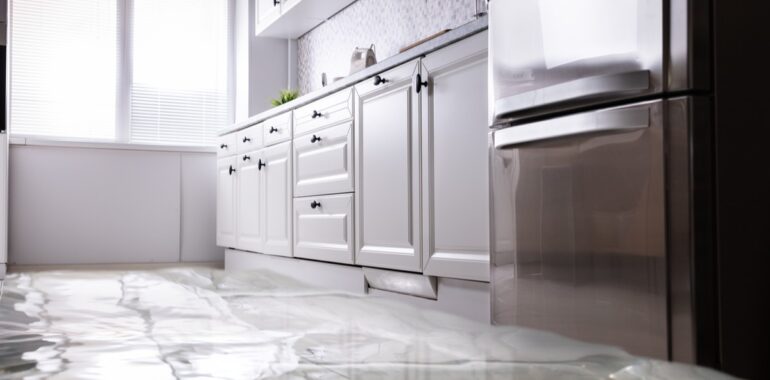The best way to protect yourself from floods is to prepare your home and property before any kind of natural threat occurs, such as heavy rainfalls, hurricanes, mudflows and ice jams. However, even problems relating to damaged drainage systems, new development and overtopped levees can cause flooding. Fortunately, to help keep your investments protected, here are three tips for protecting your property against floods:
1. Choose a location for buying or building a home that is above street level.
Whenever possible, it is recommended to avoid purchasing or building homes in high-risk flood areas. You should look for living areas above street level and away from water sources. If you are choosing an apartment, it is also recommended to choose one that is not on or beneath ground level. Typically, the higher your home is, the safer you will be in case of flooding.
2. Speak to your insurance provider about about getting a flood insurance policy.
Unfortunately, many Americans do not have a flood insurance policy despite the fact that the most common natural disaster in the U.S. is flooding. To get the coverage, Americans typically have to purchase a separate policy through the National Flood Insurance Program provided by the federal government.
When purchasing a flood insurance policy, it is crucial that you do your research beforehand to learn exactly what is covered. In the wake of recent natural disasters such as Hurricane Sandy, many people quickly discovered the true value of their policy for better or for worse.
When getting insurance, here are some questions you need to ask: How much will the policy cost? The exact cost of your policy will vary between providers, personal information, and risk factors. If you live in areas that are prone to flooding or have a home or apartment at ground level, you may experience higher rates.
What is covered under the policy? Flood insurance typically does not cover fences, trees or swimming pools. Additionally, coverage options may be limited for property beneath ground level such as basements. When speaking with your insurer, you should also ask about temporary living expenses, tree removal and spoiled food. What qualifies as flood damage? It is important that you learn what qualifies as flood damage to make the appropriate claims as needed. For example, a leaking roof during a heavy rainfall typically does not qualify as flood damage.
3. Prepare your home to be protected against flooding.
The best way to keep your home protected is to have the necessary materials and systems in place before a flood happens. To help keep your home protected, you can:
- Install sewage backflow valves.
- Ensure that the windows and doors fit perfectly.
- Have plywood ready to seal off windows and glass doors.
- Have plastic sheets and sandbags handy.
- Consider using flood tubes for protecting larger areas.
Because disaster can strike at any time, it is crucial to be prepared for the worst. By familiarizing yourself with the risks involved with flooding and how to lessen them, you will stand a better chance of protecting yourself and your home.
Need assistance? We will be happy to meet with you and share our guidance. Schedule an appointment today. Call us at 888-670-6791.





